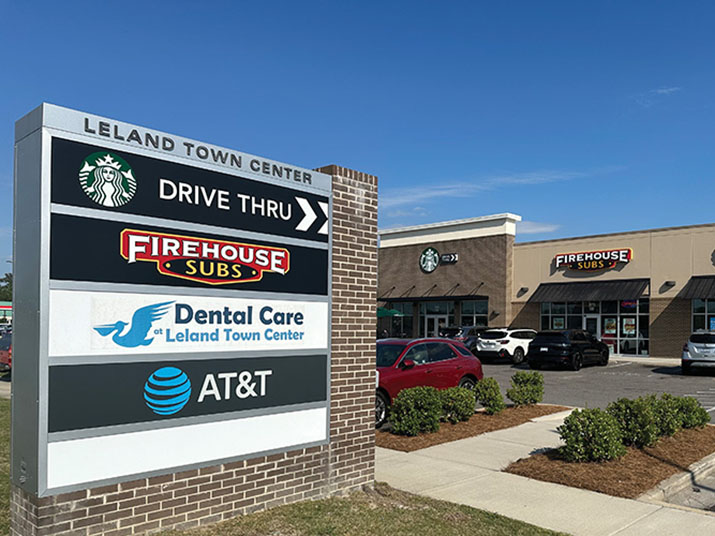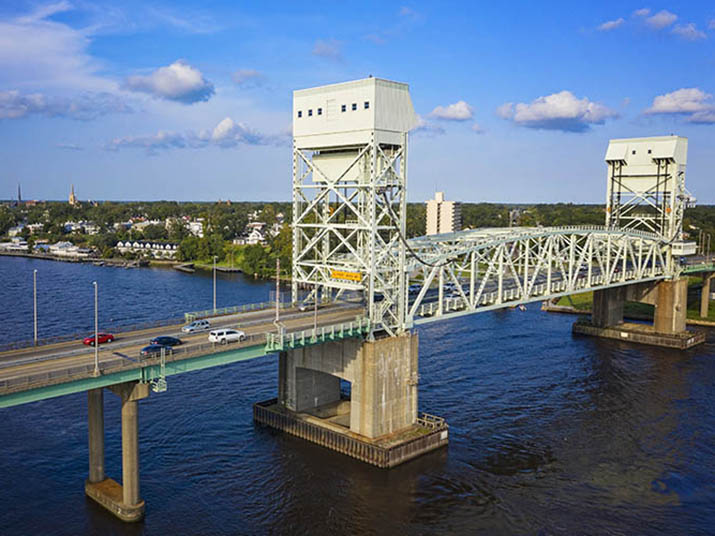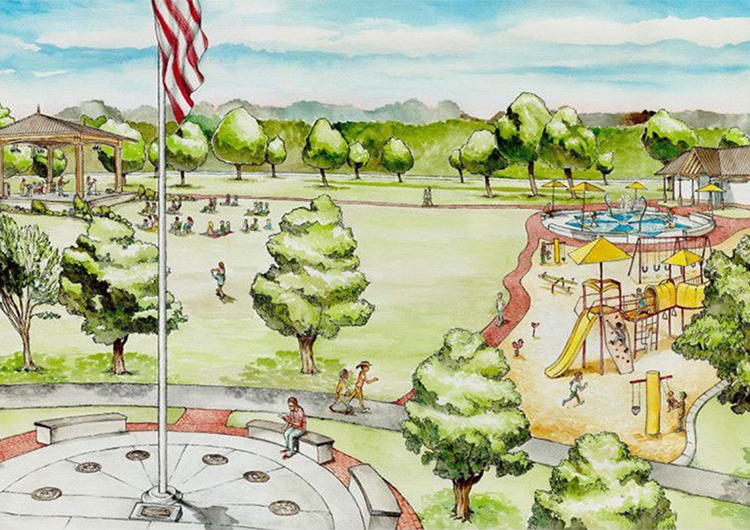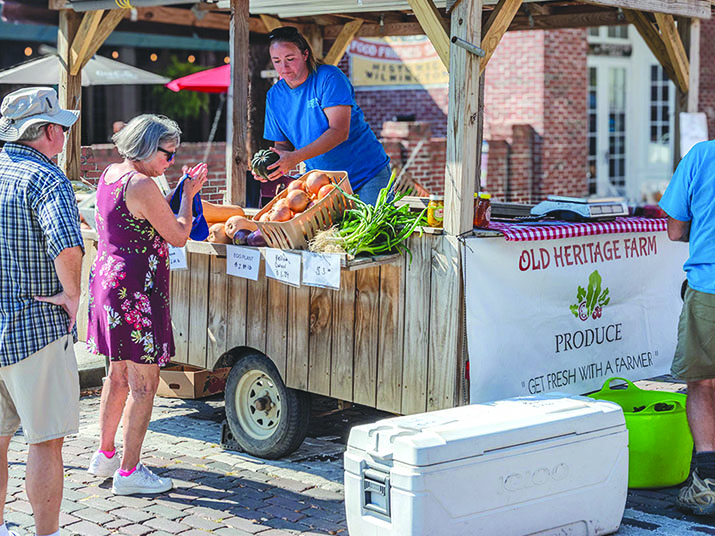Leland eyes commercial growth

As Leland’s residential development booms, town leaders are taking steps to ensure that land zoned for commercial development meets its full potential.
Leland encompasses just over 27 miles – roughly 17,400 acres – within its town limits, and just 5% of that area – about 872 acres – is zoned for commercial or office and institutional development. Those zoning types accommodate business uses like retail, restaurants, grocery stores, office space and medical offices, among other uses.
“The majority of the land in the town is zoned strictly for residential use,” said Leland planning director Ben Andrea.
That’s partly because when zoning was applied to the town, following its incorporation in 1989, the initial zoning was based largely on how the land was being used at the time, Andrea said, creating a prevalence of residential districts and limited commercial zoning.
The trend has continued over the years as the town has grown through annexations, expanding its limits up Village Road and U.S. 17. Often the annexed land was zoned to match its use at the time or to fit what was expected to develop in the future.
Annexations have helped grow the town’s footprint substantially up until last summer when the N.C. General Assembly approved a moratorium on voluntary annexations into Leland’s town limits.
Town leaders recently approved an amendment to the town’s Unified Development Ordinance, which removes single-family residential development as a use allowed in the town’s commercial or office and institutional districts. Town planning staff has deemed approximately 105 acres of the 872 acres zoned for commercial or office and institutional as “underutilized,” meaning the land isn’t being used for commercial use.
In a report presented to the Leland Town Council at its April 18 meeting, staff outlined reasons for making the change, including that it would help “maximize” the use of the town’s “finite amount” of land zoned for commercial development.
Additionally, “residential units provide living facilities within the town but do not contribute to the job creation and the additional revenue generation that commercial uses create,” according to the report.
In another recent agenda item, Leland staff recommended the denial of a rezoning request for nearly 19 acres along Highway 133. Engineering firm Thomas and Hutton LLC had submitted a request to rezone the site from a commercial to a residential district for a project that would bring in 123 new townhomes.
But bringing townhomes to the site could be a missed opportunity for the town, Andrea said. The site is surrounded by several single-family neighborhoods with more than 1,400 other residential units pending or under construction nearby. There’s also limited commercial space in the area.
“It’s the only [commercial tract] really in the vicinity of all the residential out there on 133, so that includes Mallory Creek, Westport, even residential development is not within the town’s limits,” Andrea said. “There’s an opportunity there for some commercial development.”
The property lies in between two areas that the town’s comprehensive plan identifies as opportunity areas for “neighborhood-scale, nonresidential uses,” Andrea said, which could include retail stores, restaurants or other services area residents could easily access. Those living in the area currently have to drive about 5 miles to reach the nearest grocery store, Andrea said.
The Leland Planning Board unanimously denied the proposed rezoning in March. It appeared before the Leland Town Council at its April 18 meeting but was continued to the council’s next meeting by the developer.
Amid the uptick in Leland’s population and the accompanying boom in residential construction, Andrea said staff are seeing increasing interest in commercial development.
Certain parts of town are seeing more commercial growth than others.
Andrea pointed to Leland Town Center and the Brunswick Forest Commercial Village as prime examples of increasing commercial construction within the town’s limits.
Last fall, Lowe’s Home Improvement and a 7-Eleven opened in Leland Town Center. A Cook Out restaurant opened in the area earlier this year, and town staff are currently reviewing plans for a gym. They’re also hearing interest from other restaurants, Andrea said.
Leland Town Center has succeeded in drawing new business, in part, because its developer, Fayetteville-based C&S Commercial Properties, has put in the infrastructure that makes it easier for developers to build, according to Andrea.
The town’s comprehensive plan identifies potential sites for other commercial nodes in areas along U.S. 17 and U.S. 74/76 near Mount Misery and Malmo Loop roads – spots where residential development is starting to build up. Andrea sees the potential for small-scale commercial uses even in other growing but less populated areas.
“Those neighborhood nodes are areas that maybe can’t and won’t support a full-sized shopping center,” he said, “but still could provide a good place for some goods and services, particularly things that people might want to or need to use on a daily basis.”
The town largely relies on market forces to bring commercial development into its growing residential areas although Andrea said town leaders have in the past discussed putting incentives in place, especially for projects that would bring jobs to Leland or have another substantial economic benefit. But sometimes zoning alone can draw in developers.
“I think that having the zoning in place that can accommodate what we want to see is in itself an incentive,” he said.
Andrea said town staff are also careful to review rezoning requests to create space for districts that accommodate a variety of development types – not just residential.
He pointed to East Lake, a massive planned residential development near Compass Pointe, which was annexed into the town in December 2022. In talks with the project’s developers, town staff encouraged them to split-zone the land for conservation and future commercial uses.
The property was annexed into Leland with approximately 1,365 acres zoned for single-family residential development, 602 acres zoned for conservation, 22 acres zoned for multifamily building and 57 acres zoned for commercial development.
“It may be a long way away before it’s ever developed for any kind of commercial use,” Andrea said. “But the zoning is put in place, so when the time is right, that development can happen.”
















